A gray sky, and a river the color of silver: the morning is above all dreary. Enormous barges and small freighters disturb the calm of the Escaut River estuary. Tugboats come and go, some toward a liner ready to depart, others toward busy wharves in the harbor. Two leave the right bank at downtown Anvers, and are snatched up by the tide’s flood and carried upstream. On board, we are pleased this voyage we’ve imagined for a decade is now underway.For my companion—Jean-Marie Huron—the exhilaration is short-lived: his kayak, VAILIMA, insists on veering to the right. I had many occasions to try mine, SILVERADO, but Jean-Marie didn’t board for the first time until the day before departure. The prospect of constantly adjusting his course for three weeks was more than depressing.The route we intended to complete was Antwerp in northern Belgium to Pontoise on the outskirts of Paris via the rivers and canals. It had been completed 1876 by the writer Robert Louis Stevenson and his friend Walter Simpson. The future author of Treasure Island was then 27 years old and had reached a crossroads in his life. Although he wished to make his living as a writer, he acceded to his father’s insistence that he work as a lawyer in London. To escape this destiny, the young Scotsman saw only one way forward: to publish a book and hope that its success would be enough to sway his father.
Join The Conversation
We welcome your comments about this article. If you’d like to include a photo or a video with your comment, please email the file or link.
Comments (2)
Comments are closed.
Stay On Course

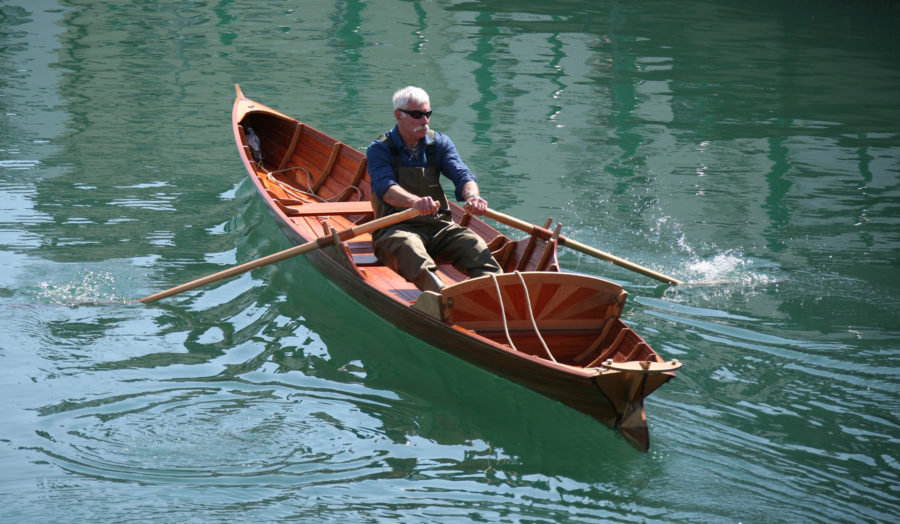
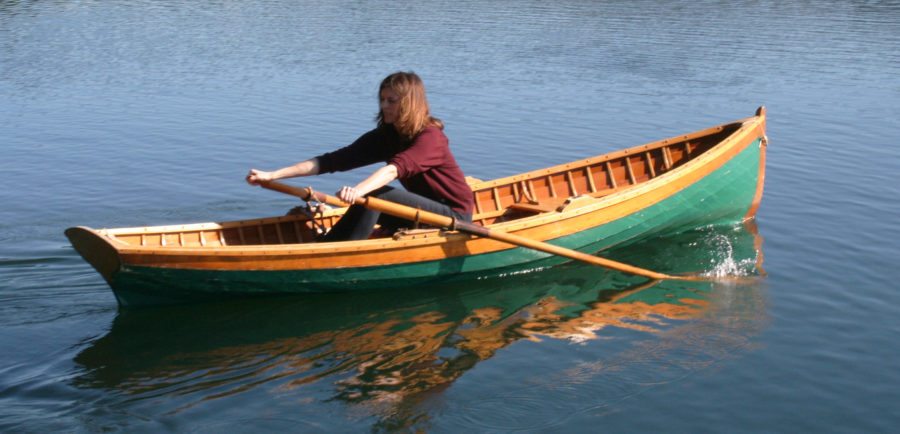
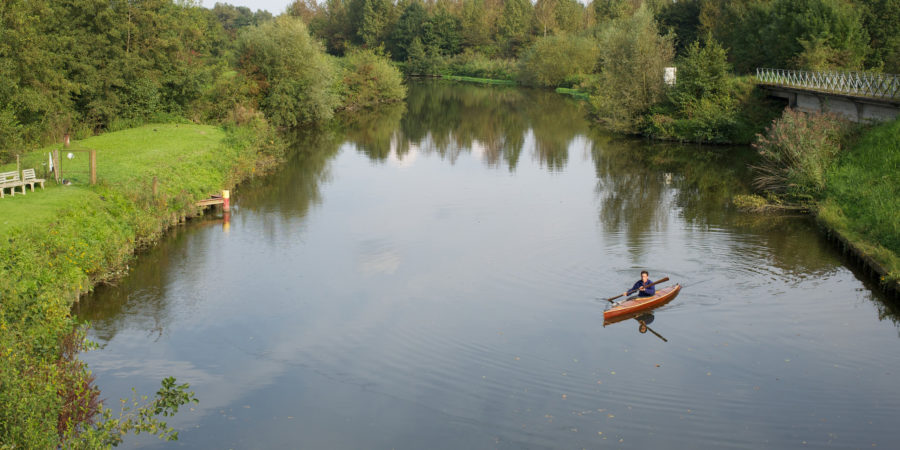
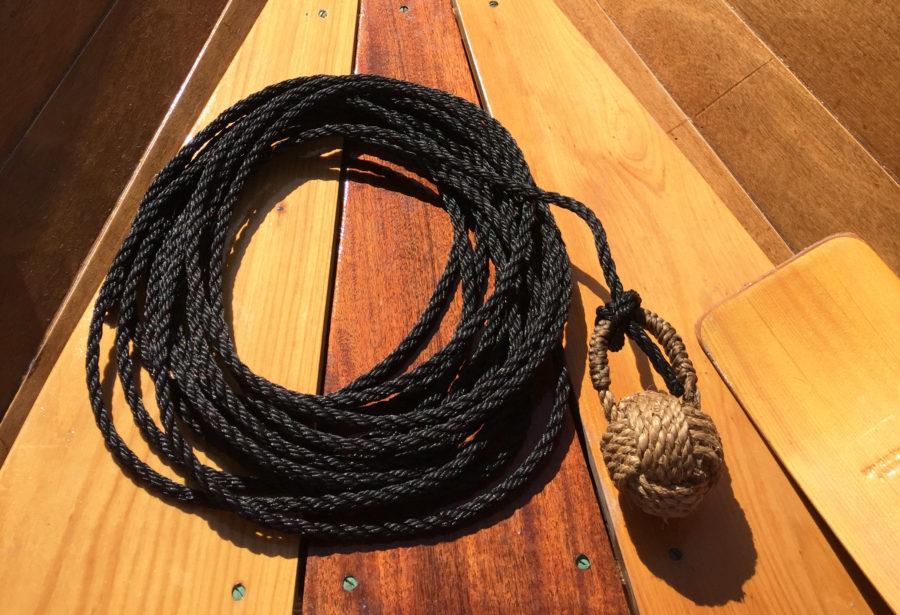
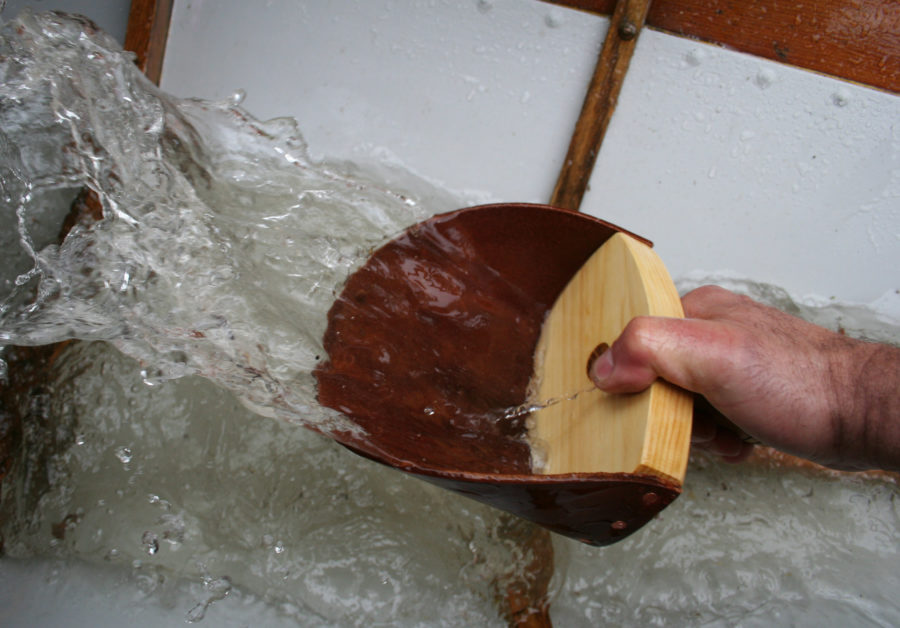
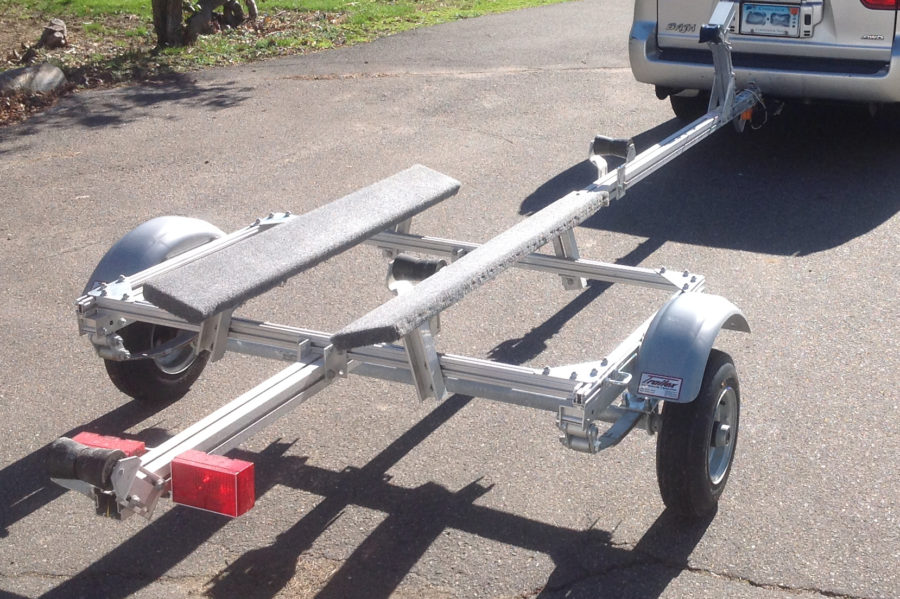
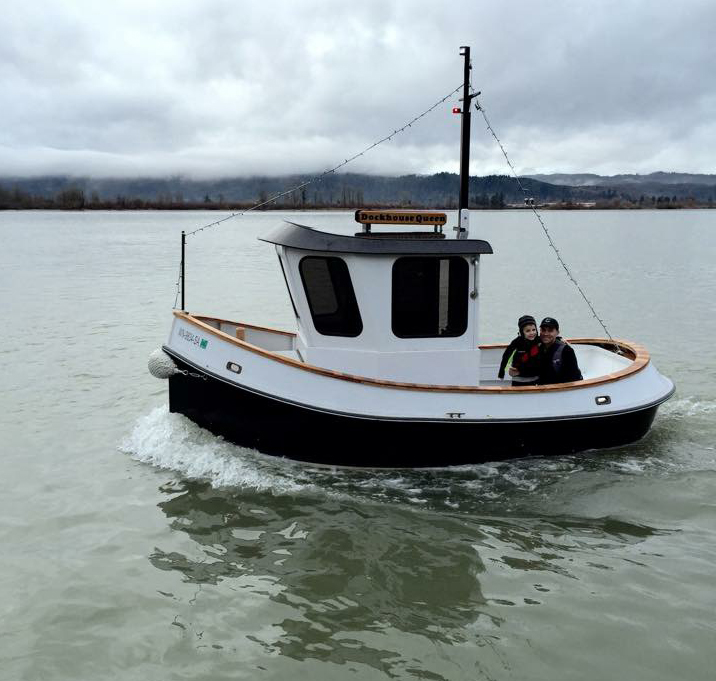
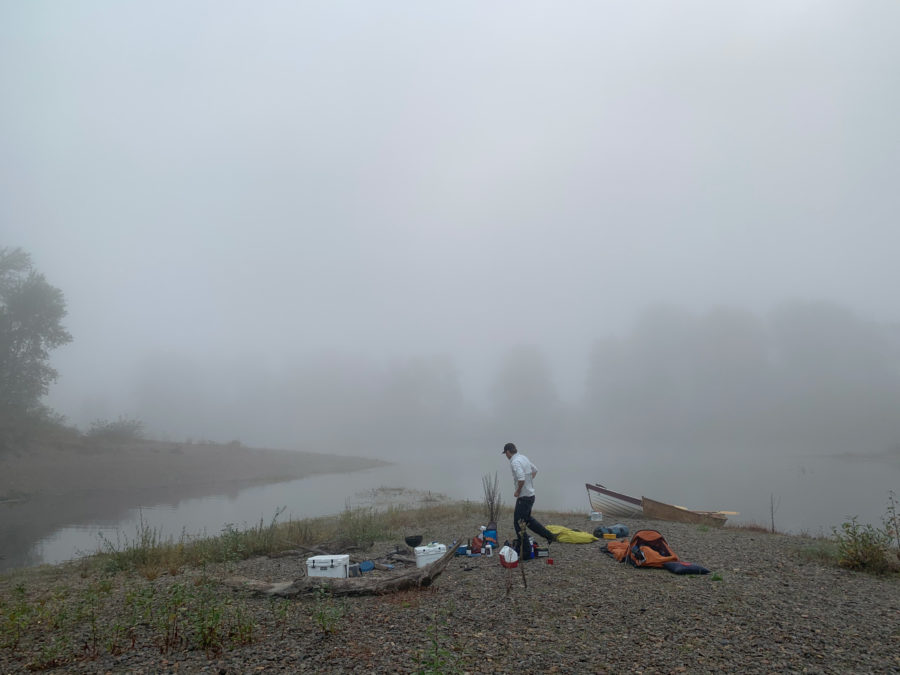
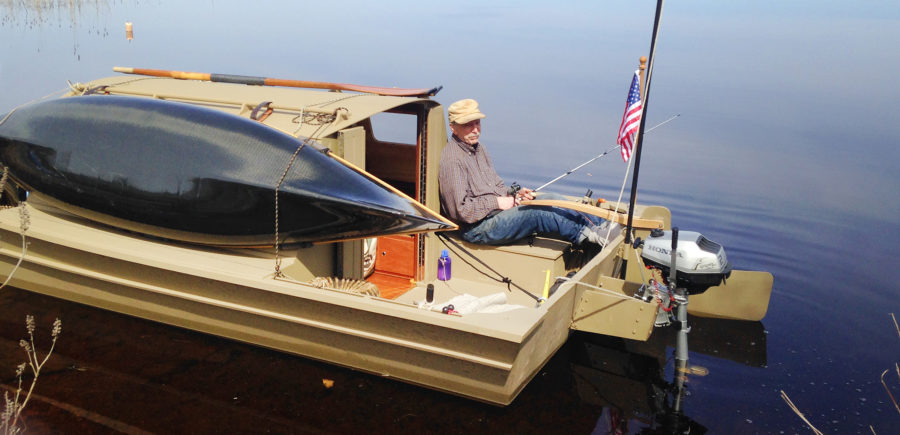
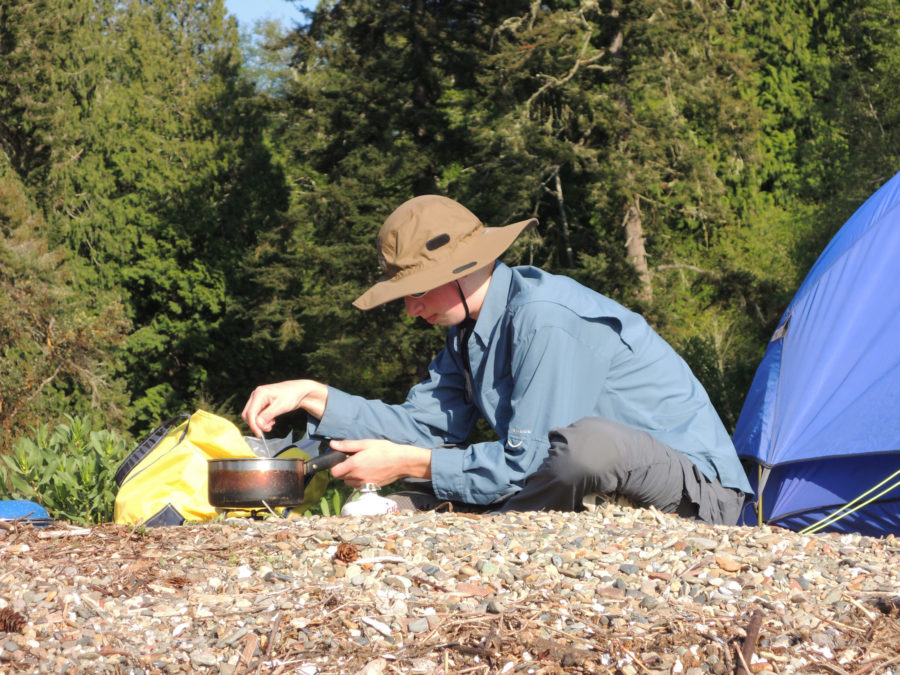
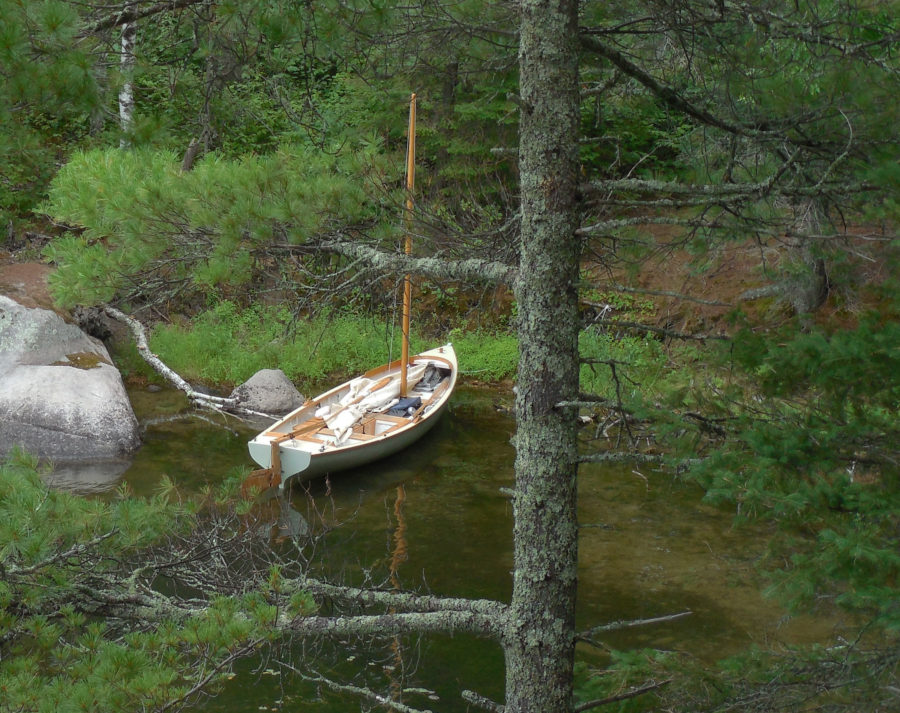
Thanks! The copy of An Inland Voyage we have also has Stevenson’s Travels with a Donkey in the Cévennes, also an excellent read. I wonder how that would be to attempt.
I have always loved this Stevenson book and Donatien and Jean-Marie are to be congratulated on capturing the bohemian spirit once again on their voyage honoring Stevenson’s first go. Fun!